FRENCH
The village of Peillon in Provence

FRENCH
The village of Peillon in Provence
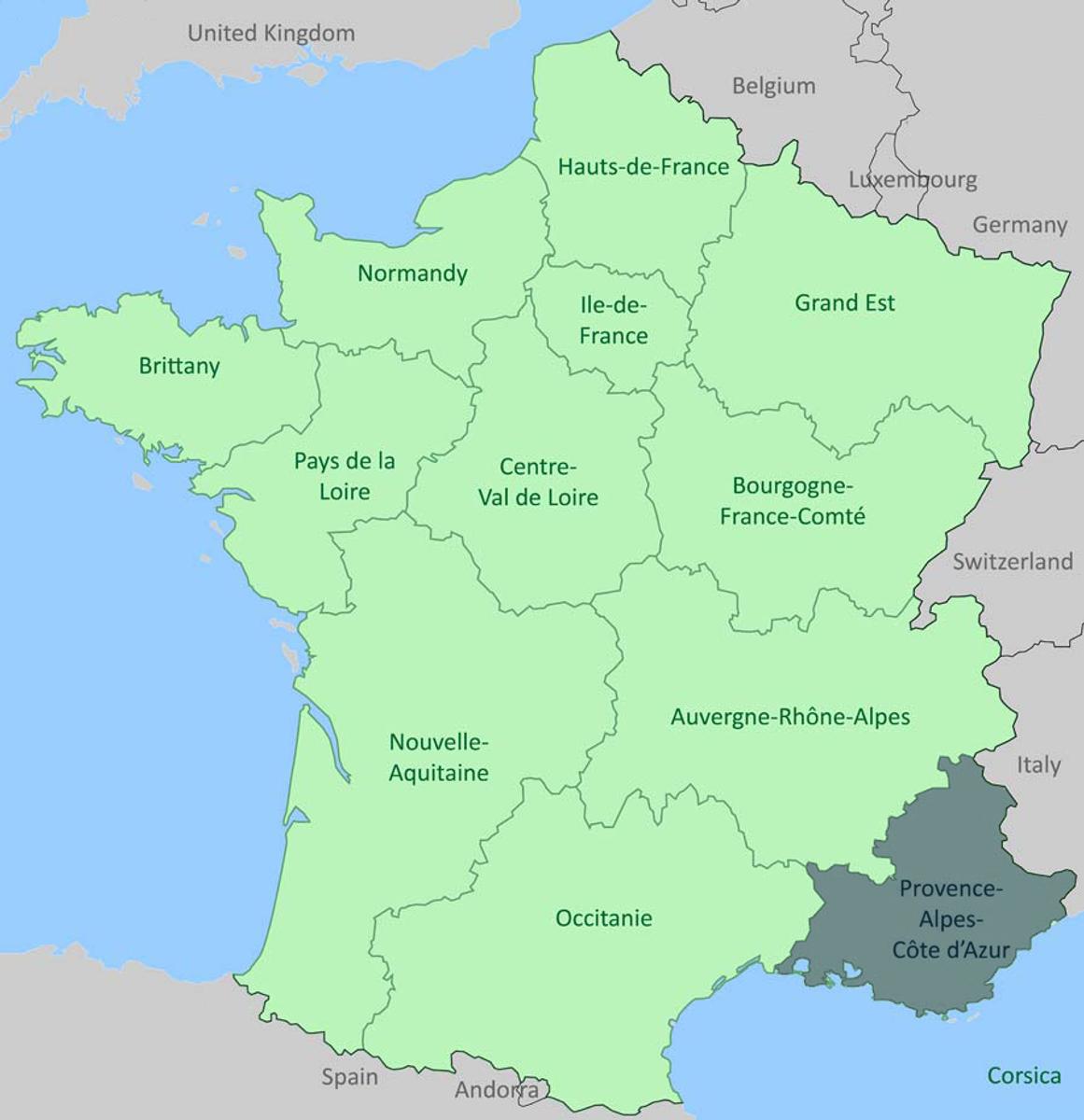

Bonjour à tous,
Comment allez-vous aujourd'hui? (How are you doing today?)
We have reached the region of Provence-Alpes-Côte d’Azur, casually known as 'PACA', which stretches from the foothills of the Alps to the Mediterranean Sea to the South and is bordered by Italy to the East. For foreign visitors, this is probably one of the most renowned regions of France (along with Paris, the Loire and Périgord).
This region includes the French Riviera and is famous for its sunny weather, lavender fields, olive groves and orchards, the colourful façades of picturesque villages and great town markets. It is a beautiful region, which merits a long trip, not just a few days or a week. To truly appreciate this area, you must be the type of traveller who likes food, wine and local crafts. It is recommended that you make your own itinerary which is flexible enough to enable you linger at an outdoor cafe or winery or take in an interesting Roman ruin when the moment takes you. There is a "joie de vivre" attitude throughout this area that is contagious, especially after a glass of the regional rosé and a picnic of cheese and sausage from the local farmers. Each village has a market day where you can buy local fare.
Provençal language
French is of course the official language of this region, but you'll find that most people there have an atypical accent. The ‘e’ at the end of words is often pronounced softly in Provence, where in standard French it is not pronounced at all. Here is an example: the word "Provence" in standard French ends with an "s" sound, as "proh-VAHNSS", where in Provence itself, it will often be ended with a sound resembling a short English "eh", as "proh-VEN-seh". Many vowels are changed as well, being pronounced in a manner somewhat closer to the English pronunciation of the written vowels. This is because several generations ago, they spoke a different language - Langue d'Oc or Provençal - and so learned French only in school. The language has now largely disappeared, though it is still taught in some regional universities. Nowadays, lots of village names are written in French and in Provençal.
The following video will give you an idea of the multitude of landscapes that make up this Southern region:
At school, most year levels have finished their French assessments. We are now focusing on learning new grammar rules and vocabulary.
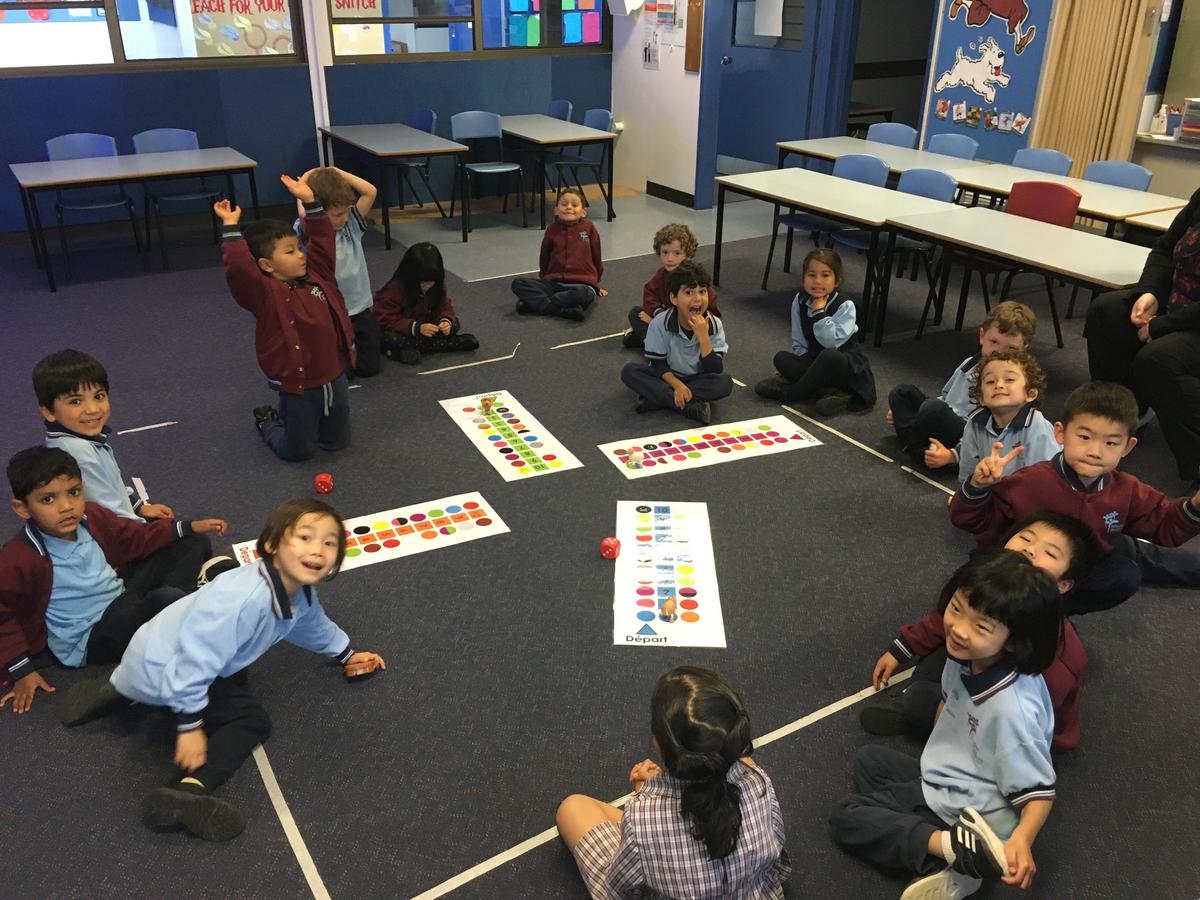

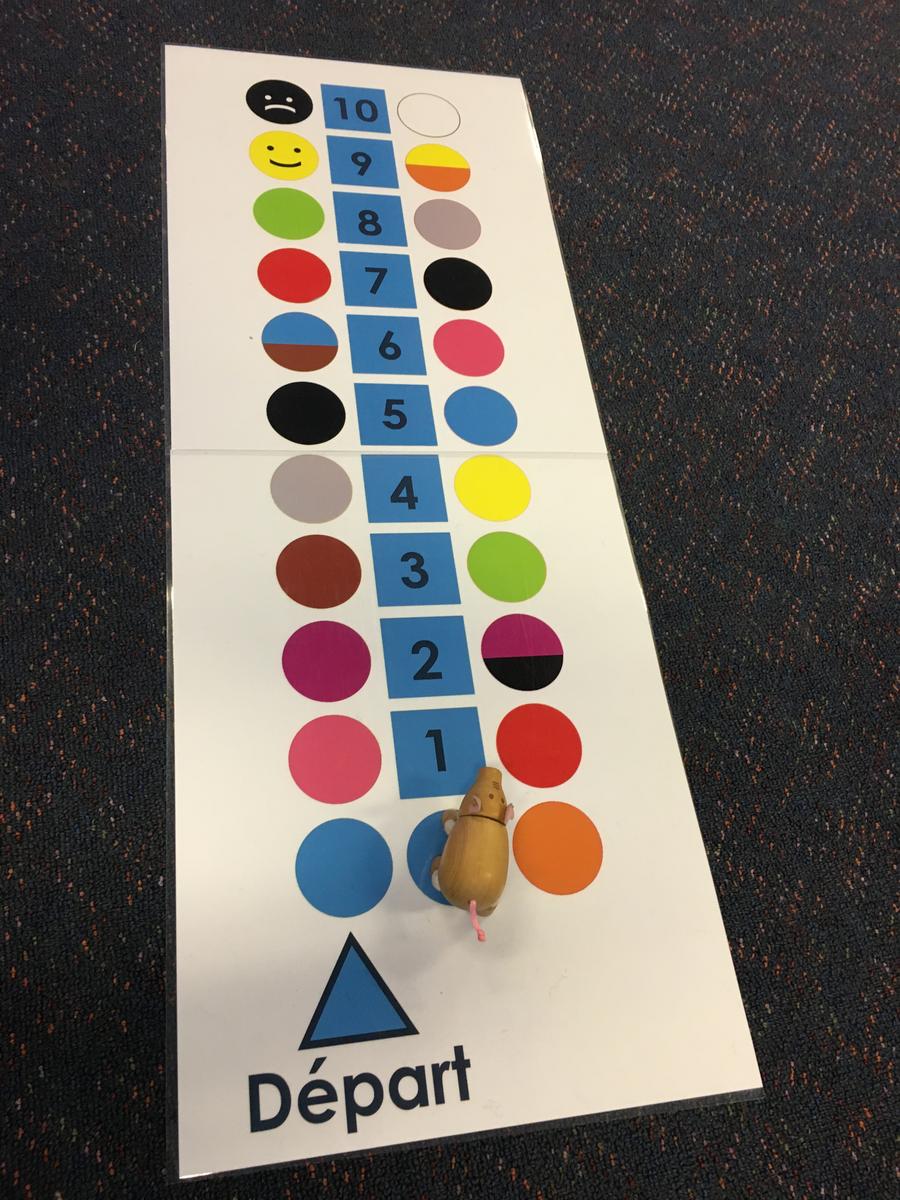
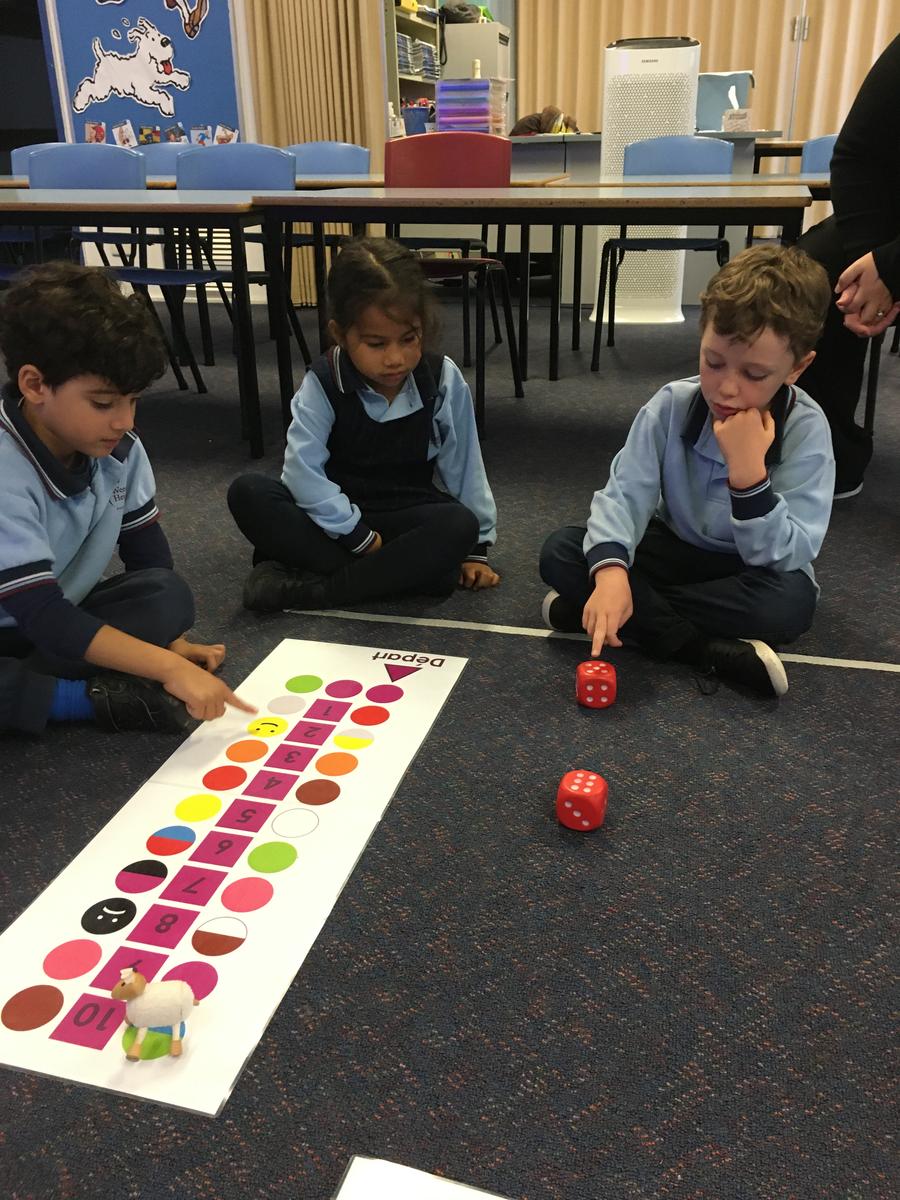




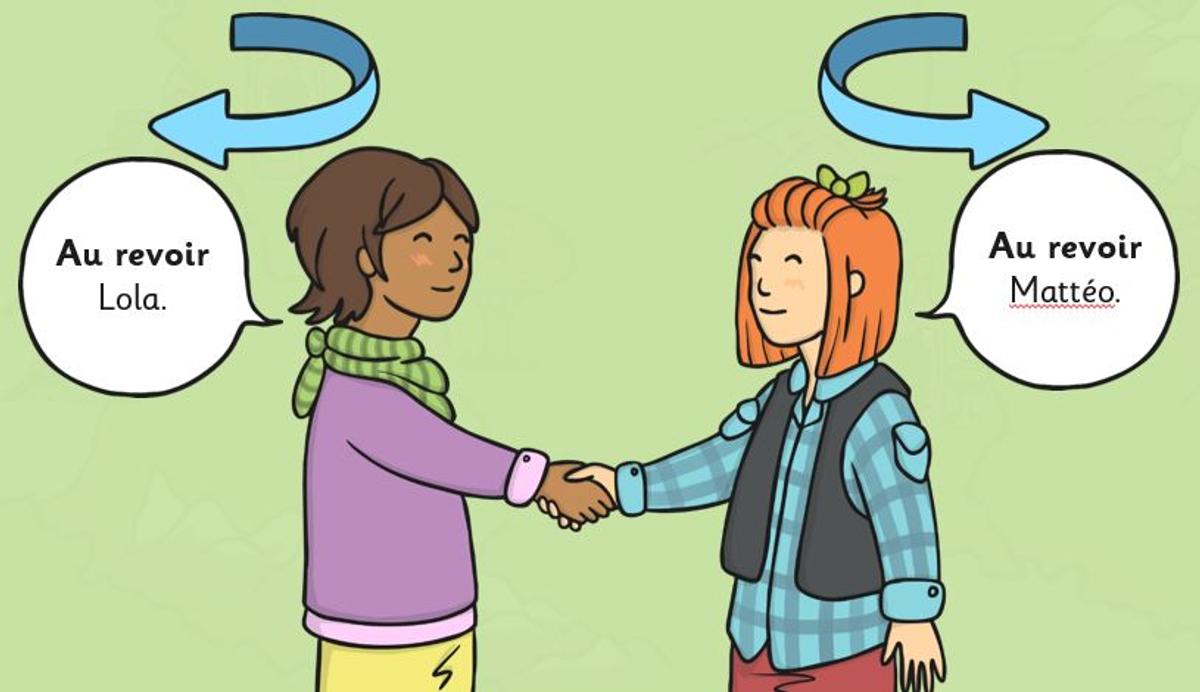

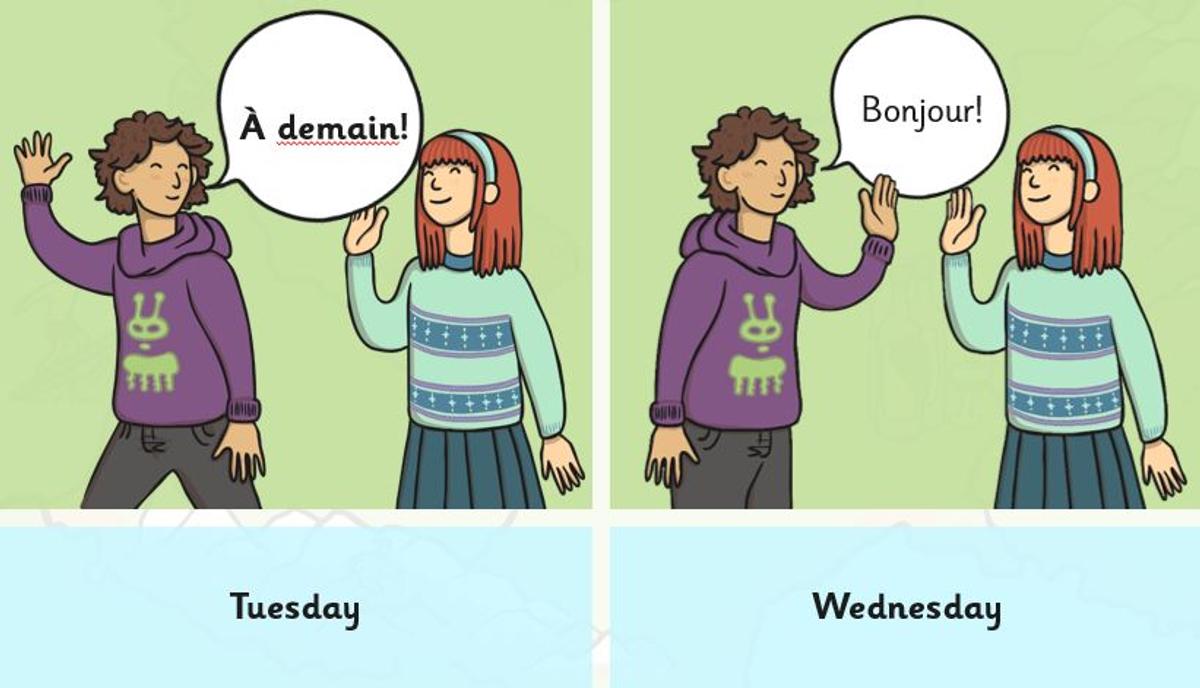




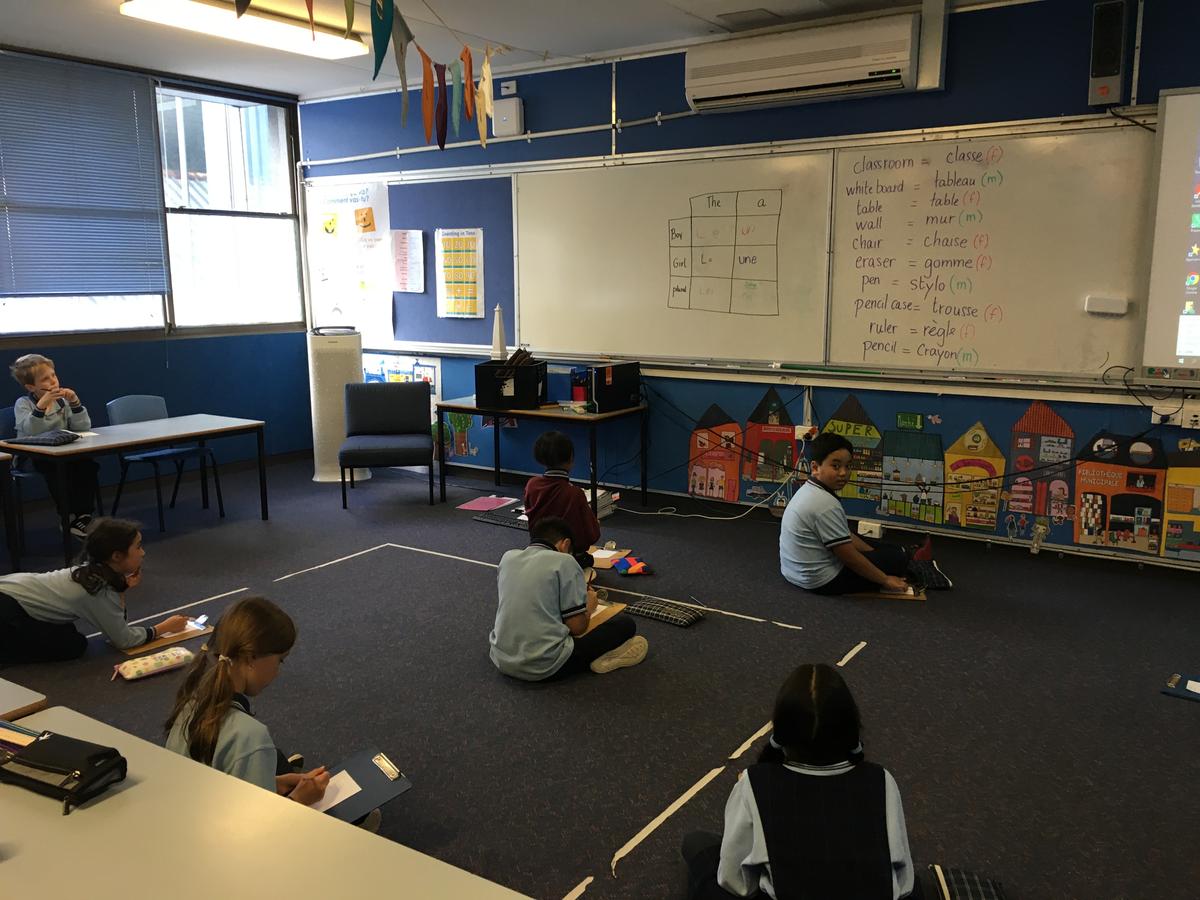




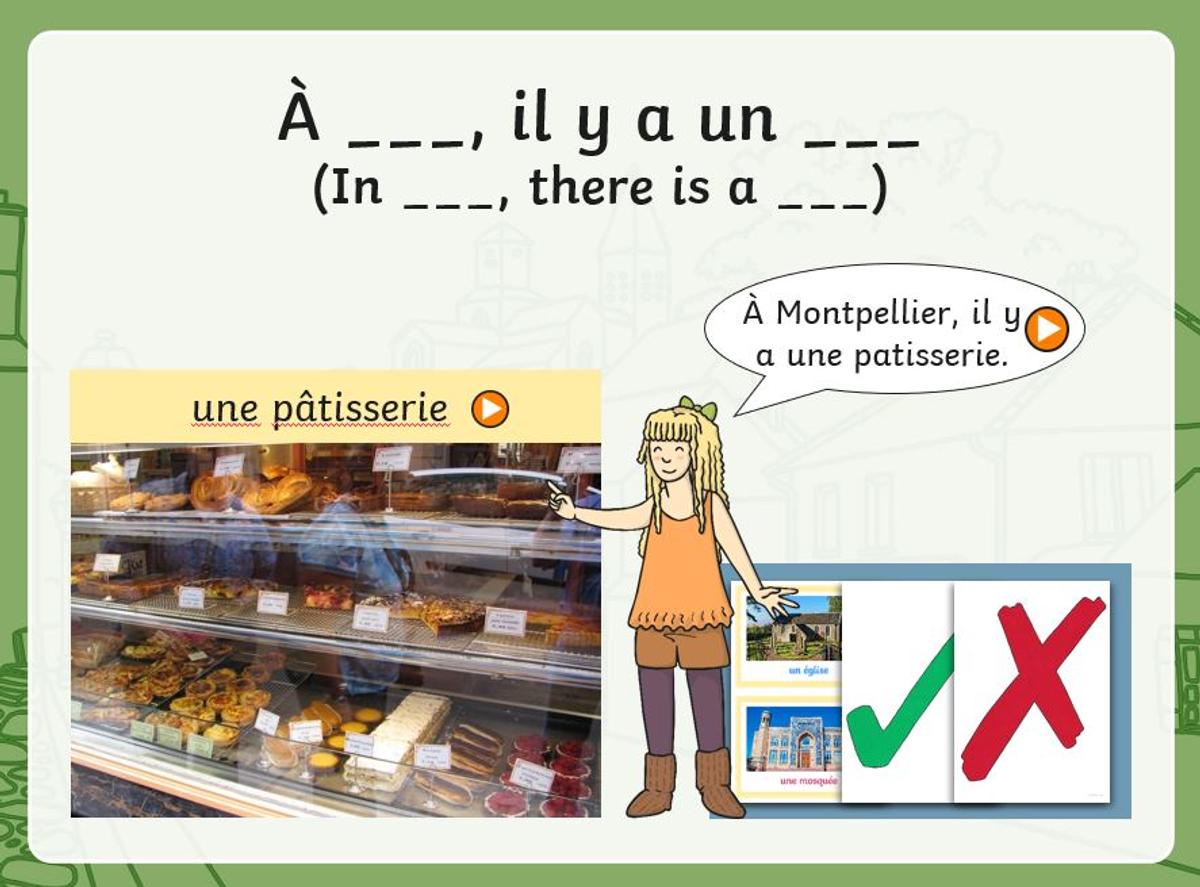



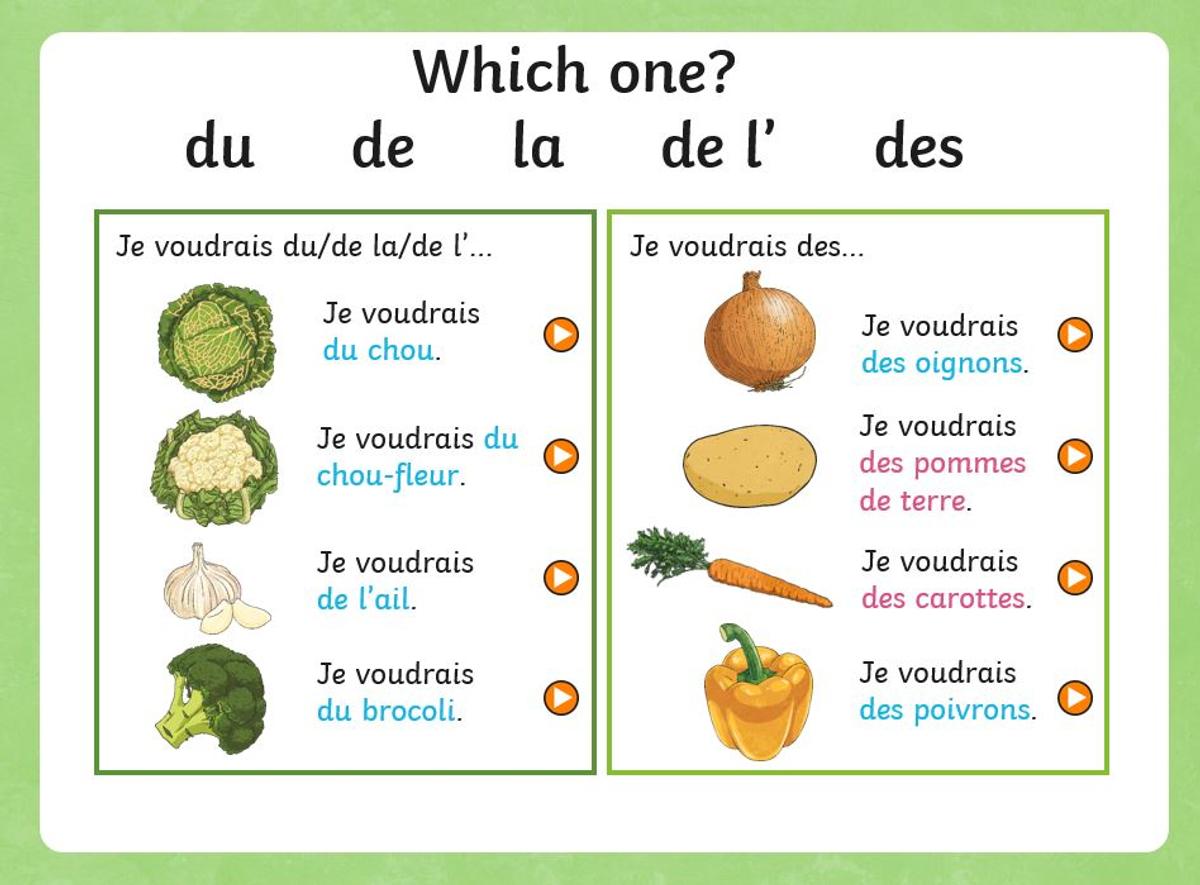
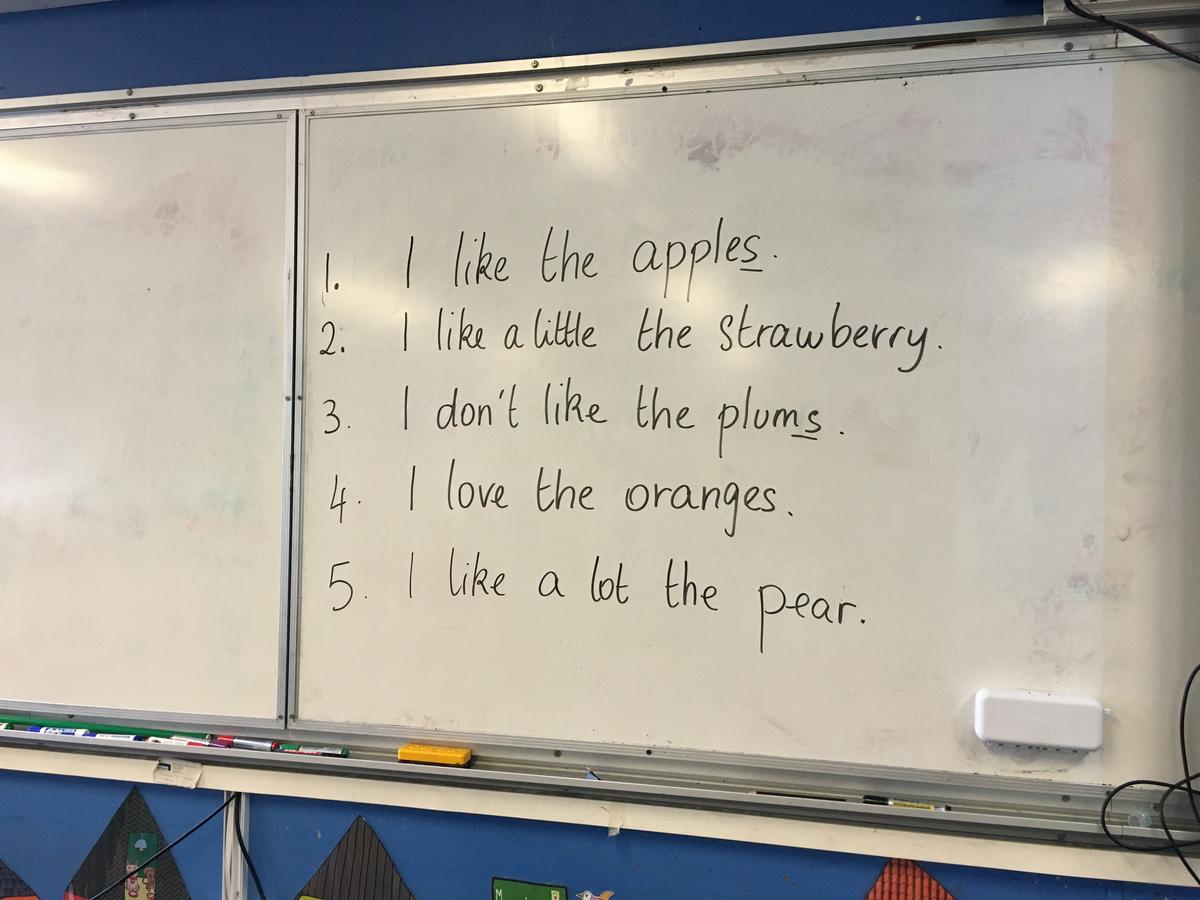


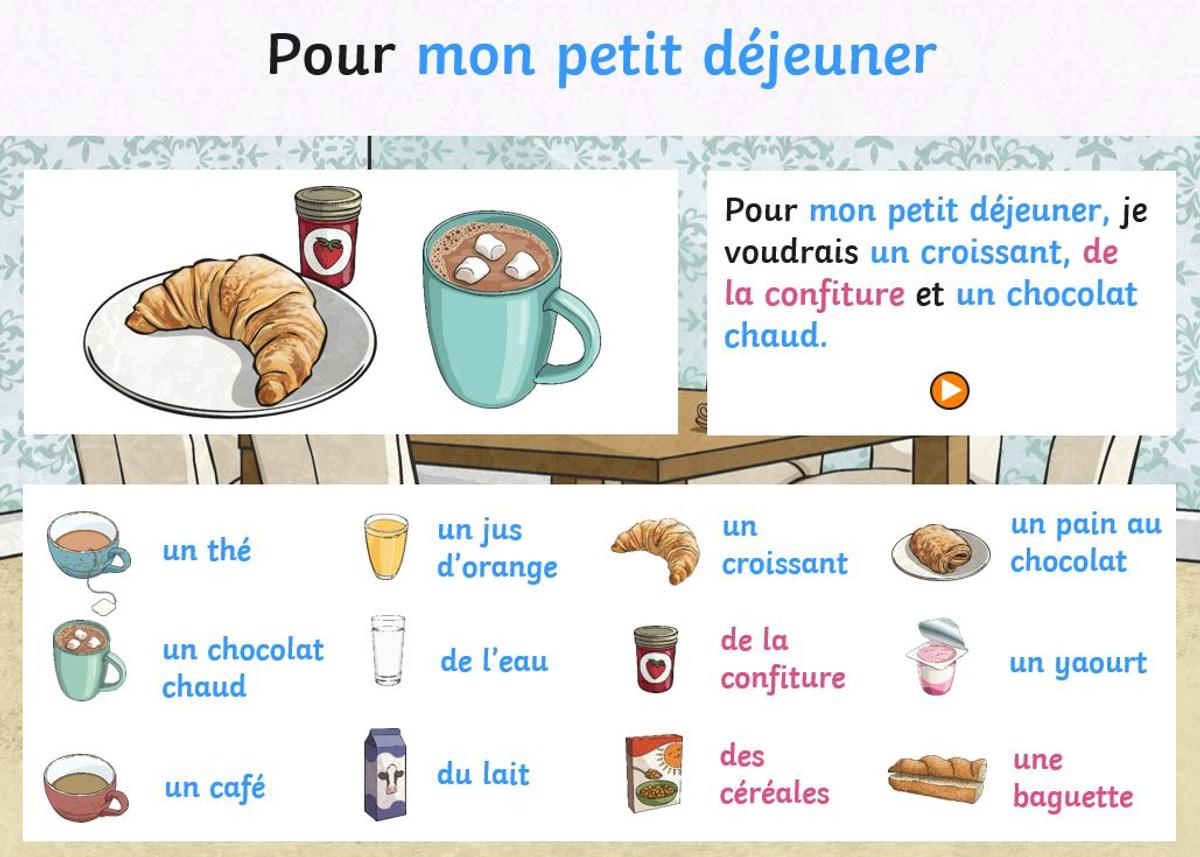

Today's song is 'Mamma', from Claudio Capéo, a singer that you don't know yet. I hope you enjoy it...
Passez un très bon weekend! (Have a lovely weekend!)
A bientôt,
Delphine